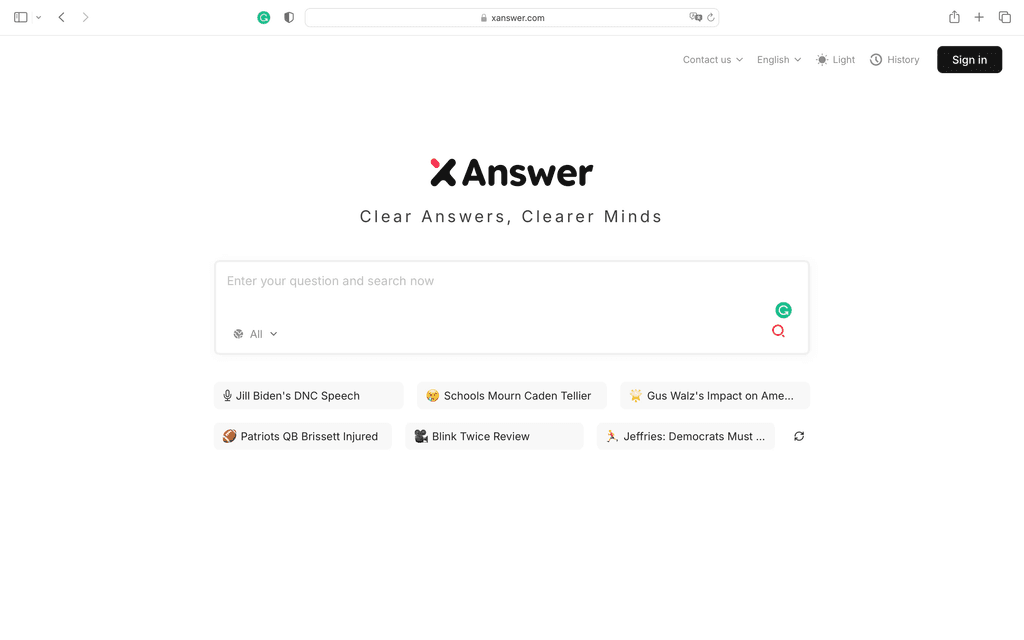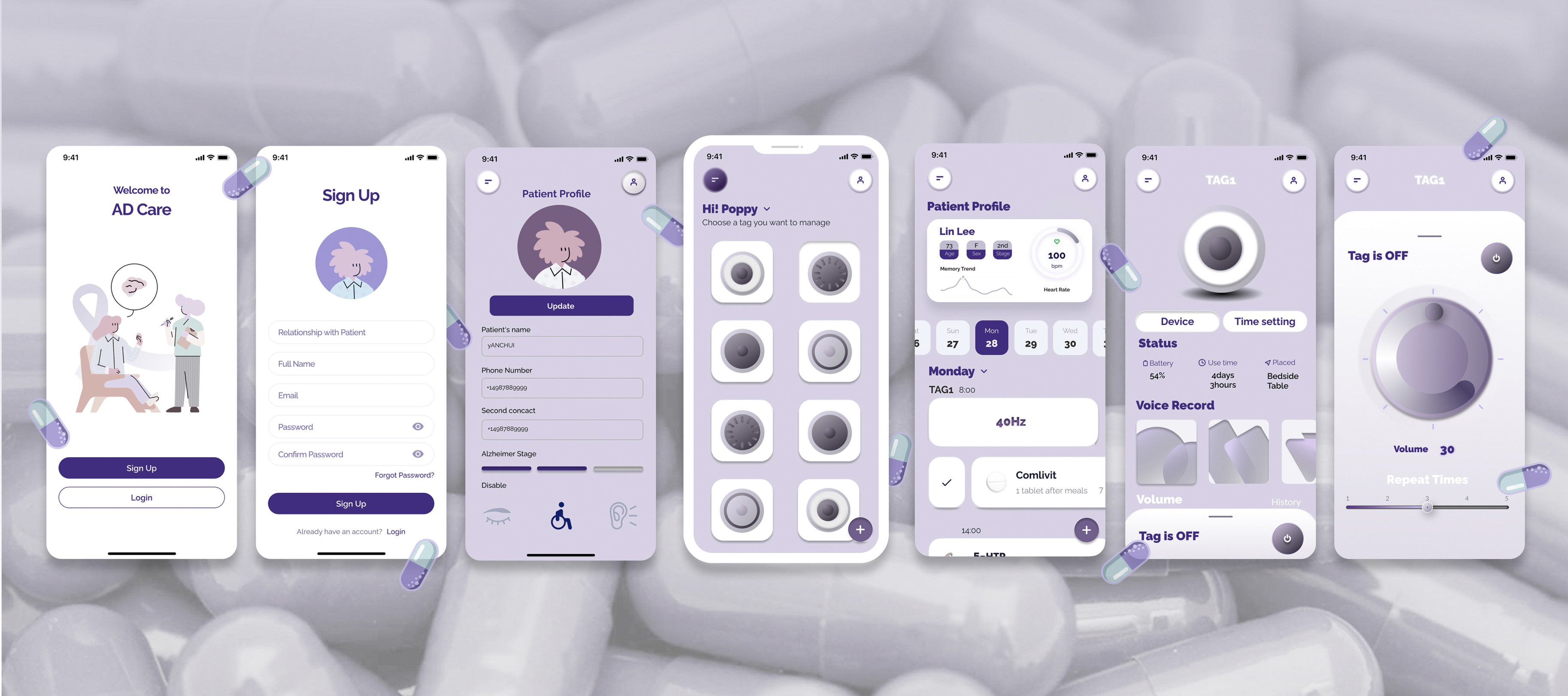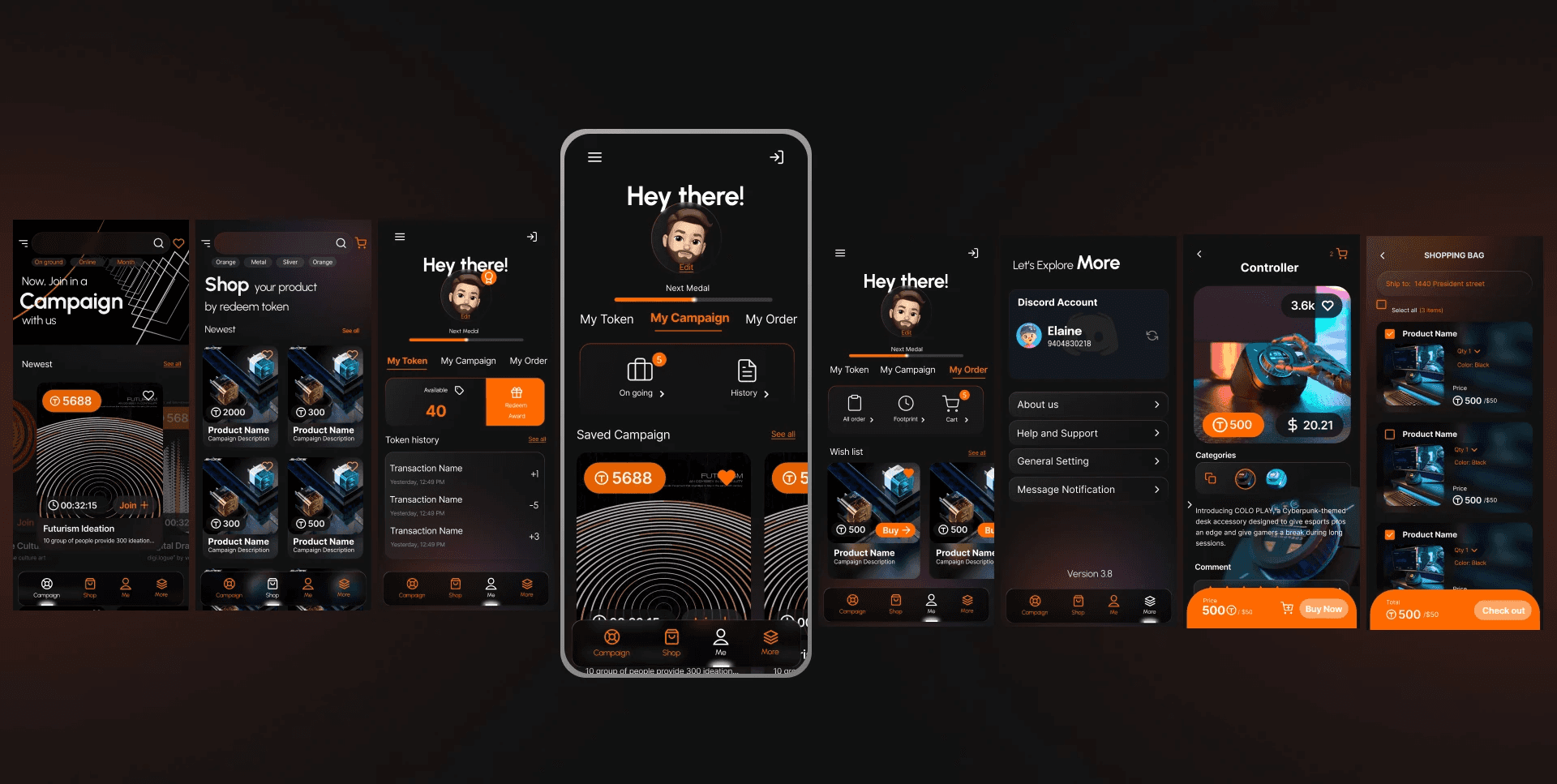
"Bridging the gap between history and technology, this experience transforms an inaccessible darkroom into an interactive journey through Alice Austen’s world. "
Role
UXUI Designer
Visual Designer
Tools
Figma
Web.GL
Timeframe
3 months
Team
ITP Students
OVERVIEW
Background
Context
This project is an augmented reality experience designed for the Alice Austen House Museum. It allows visitors to explore Alice Austen’s darkroom and photo development process through their mobile devices, making the space accessible to those who cannot physically visit the second floor.
Contributions: UI Iteration & Refinement
I worked with another UI designer, iterating on their design based on feedback from the product manager. My focus was on refining the interface to improve usability and ensure it met project requirements.
Target User: Visitors & Students
The target users are museum visitors, students, and individuals with mobility constraints, providing them with an interactive and educational experience that connects them to Austen’s legacy in photography, women's history, and LGBTQ+ representation.
Why this project exists?
The Challenge: Alice Austen’s second-floor darkroom is inaccessible to many visitors due to mobility constraints.
User Insights: Through observations and museum visitor feedback, we found that many guests wanted a more immersive way to experience the space and learn about Austen’s techniques.


Design Decisions Guided by Research
Visitors’ unfamiliarity with photography → Step-by-step visual instructions
Need for autonomy → Users can jump between steps freely
Staff's need for consistent delivery → AR does the storytelling

How does it work?
For internal testing of the low-fidelity prototype, we took a structured approach to gather feedback and validate core design elements. A team-wide review was conducted with designers, developers, and stakeholders to test basic user flows, navigation, and usability. I created test scenarios based on real user feedback, simulating typical user interactions.
Miniature Darkroom as an AR Marker – Users scan a physical model of Austen’s darkroom to trigger the AR experience.
Step-by-Step Process Navigation – Visitors can explore 7 key steps of photo development through interactive animations.
Free Exploration Mode – Users can jump to different steps via a numbered navigation bar to see animation.
Completion Reward – At the end of the experience, users see a fully “developed” digital photograph as a final output.
How we improve the design?
We conducted three feedback sessions with the client, refining the experience based on their deep understanding of museum visitors' needs. These insights helped improve user flow, interaction clarity, and accessibility in the AR experience.






What was the result?
I also designed an onboarding process to help users quickly understand how to interact with the AR experience. It includes simple, visual instructions that guide them through scanning the model, navigating the steps, and interacting with the interface.


